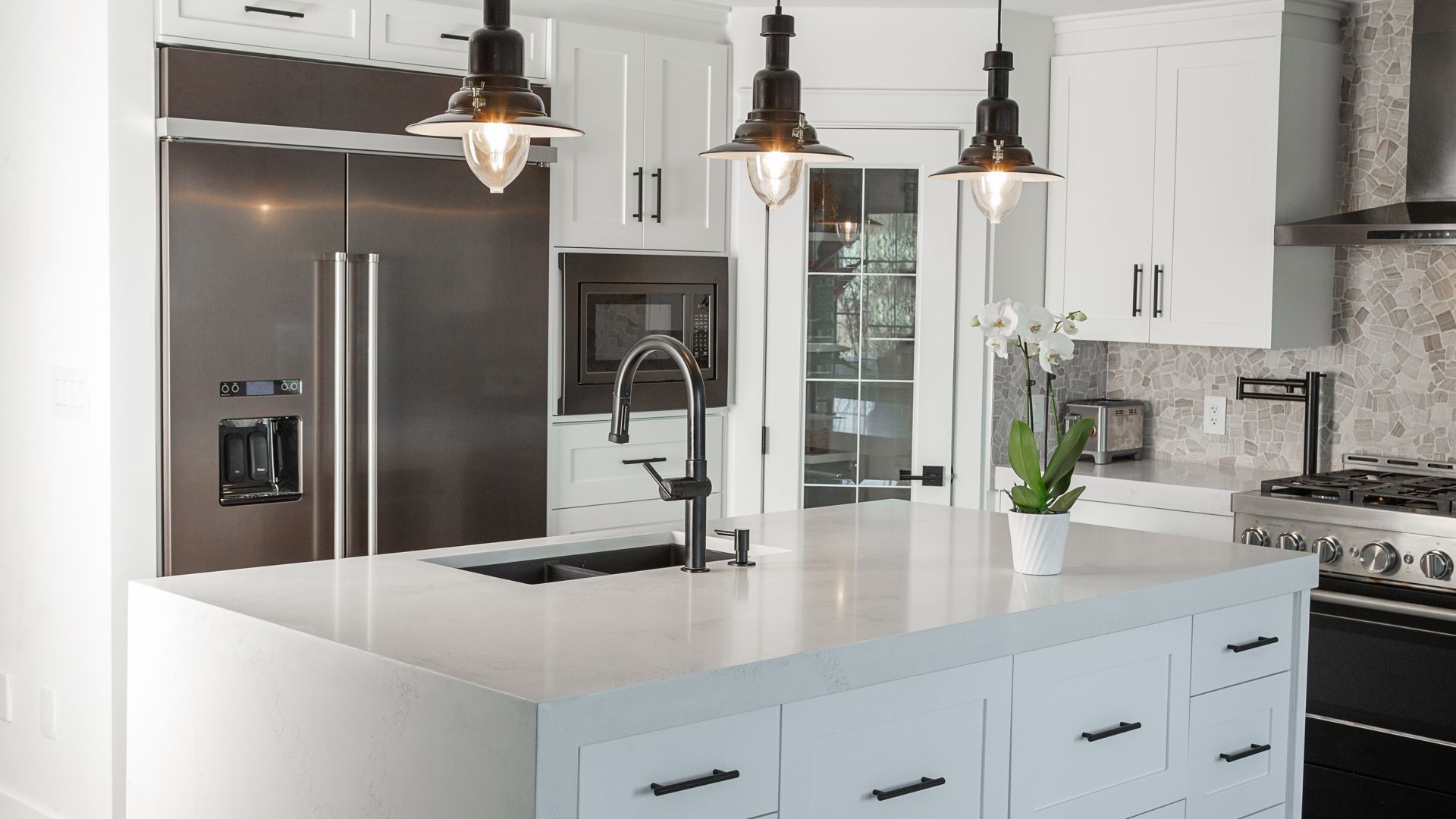When you send certain things away from your home, the last thing you want is for them to come back. This is especially true for some aspects of your plumbing system. You don’t want to flush your toilet or pour something down the drain just to have that dirty water return to your home. Backflow problems are not the kind of problems that homeowners or business owners want to have. That is why it is important to learn how to prevent backflow problems.
What Can You Do to Prevent Plumbing Backflow Problems?
Backflow is when water heads in the wrong direction. In this case, it means that water that is supposed to be flowing from your home begins flowing back into it. This usually happens due to back pressure. Back pressure happens when pressure from your clean water system changes direction. This can lead to dirty water, including water that contains human waste, chemicals, fertilizer, and other contaminates, getting pulled into the clean water that is flowing into your home.
Fortunately, there are a few methods for preventing backflow problems. The most common ways to prevent backflow issues include the following:
- Barometric Loop – These are long stretches of pipe in a U shape. Pipes in a U shape make it too hard for backflow water to travel back into your home.
- Air Gap – An air gap is an unblocked vertical space between your flood level fixture and your water outlet. They keep contaminated water away from clean water through siphonage.
- Hose Bib Backflow Preventer – These are generally only used to protect a single fixture from suffering from a backflow problem, such as an outdoor faucet. Hose bib backflow preventers are complex assembly springs that are installed in the fixture. They force water to only flow in one direction, preventing backflow issues.
- Reduced Pressure Principle Backflow Preventer – These are more common in commercial facilities than homes. Reduced pressure principle backflow preventers can sense when water pressure gets low, and backflow is about to happen. When they sense this, their valves close, which traps the water and prevents it from going in the wrong direction. Once the backflow threat goes away, the valves reopen and allow the water to flow out the correct direction.
- Pressure Type Vacuum Breaker – These are like reduced pressure principle backflow preventers, but less complex. Pressure type vacuum breakers attach to pipes and sense when water is too low, and backflow is possible. When they sense this, they close a valve to prevent backflow and only reopen once the water pressure rises and the threat of backflow is gone.
Solving backflow problems generally requires the help of a professional plumber. It requires the installation, maintenance, or repair of complex parts of your plumbing system, which is not something you want to try on your own.
At Smith’s Plumbing Services, we have helped homeowners and businesses get to the root of their plumbing problems for more than a decade. We are licensed, experienced, and have a long track record of success. In addition, we have an A+ rating with the Better Business Bureau, and we offer upfront pricing, so you won’t be hit with surprise fees on your bill.
Call us at (901) 290-1110 or get in touch with us online to discuss your plumbing problems with our experienced plumbing experts today! We are available 24/7 for emergency appointments.
